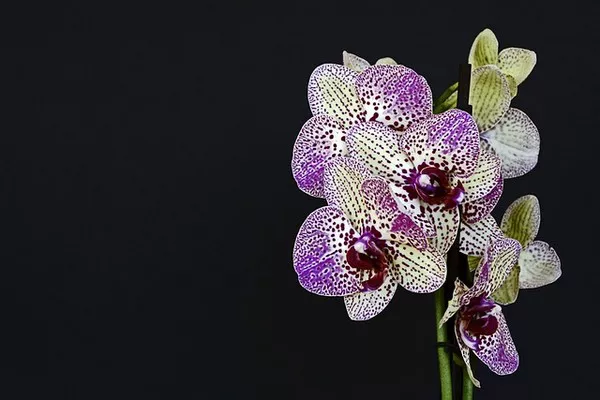Orchids are renowned for their exquisite beauty and elegance, making them a sought-after addition to any indoor garden or floral collection. However, coaxing these enigmatic plants into producing their stunning blossoms can be a challenging endeavor for many gardeners. Orchids have gained a reputation for being fickle when it comes to flowering, but with the right care and attention, you can unlock the secrets to consistent orchid blooming. In this comprehensive guide, we will explore the key factors that influence orchid flowering and provide you with actionable tips to encourage your orchids to burst into vibrant, long-lasting blooms.
Understanding Orchid Types
Before diving into the intricacies of orchid care, it’s important to note that orchids belong to one of the largest and most diverse plant families in the world, with over 25,000 species. Each type of orchid may have unique requirements for flowering. To effectively cultivate orchids and encourage flowering, it’s essential to know the specific needs of the orchid variety you are growing. However, some general principles apply to most orchids.
Light
One of the most critical factors influencing orchid flowering is light. Orchids require the right balance of light to produce blooms. Inadequate light can lead to a lack of flowering, while excessive light can result in scorched leaves and reduced blooming. Here’s a general guideline for orchid light requirements:
Phalaenopsis orchids: These popular orchids thrive in indirect bright light. Place them near a north or east-facing window to provide the optimal lighting conditions.
Cattleya orchids: Cattleyas prefer brighter light. Position them near a south or west-facing window, but ensure they are shielded from direct midday sunlight.
Dendrobium orchids: Dendrobiums need bright but indirect light. A semi-shaded spot near a south or west-facing window is ideal.
Oncidium orchids: Oncidiums require moderate to bright light. They do well near an east or west-facing window.
Temperature
Orchids are sensitive to temperature fluctuations, and their flowering is often triggered by temperature variations. Many orchids require a period of cooler temperatures (known as a “chill”) to initiate blooming. Others, like Phalaenopsis orchids, are more tolerant of constant temperatures. Understanding your orchid’s temperature preferences is crucial for encouraging flowering.
Watering
Overwatering or underwatering can both hinder orchid flowering. The key is to maintain consistent moisture levels while allowing the orchid’s roots to dry out between waterings. Orchids are typically potted in well-draining media, such as bark or sphagnum moss, to prevent waterlogged roots.
Fertilizing
Fertilizing is essential for providing orchids with the nutrients they need to bloom. Use a balanced, water-soluble orchid fertilizer, diluted to half or quarter strength, and apply it during the growing season. Reduce or eliminate fertilization during periods of dormancy or rest.
Pruning
Regular pruning can stimulate orchid flowering. Prune dead or spent flower spikes and remove any unhealthy or overcrowded pseudobulbs or stems. This encourages the orchid to allocate energy towards producing new blooms.
Repotting
Orchids should be repotted every 1-2 years or when the potting medium breaks down. Repotting helps prevent root overcrowding and allows for better aeration. Choose an appropriate potting mix for your orchid type, and be gentle with the roots during the process.
Humidity
Most orchids are native to tropical environments and thrive in high humidity levels. To encourage flowering, maintain a humidity level of 50% or higher around your orchids. You can achieve this by using a humidity tray, a humidifier, or misting your orchids regularly.
Rest Period
Many orchids require a rest period, during which they experience reduced light and cooler temperatures. This period mimics the natural conditions that trigger flowering in the wild. Research your specific orchid variety to determine if it needs a rest period and adjust care accordingly.
Conclusion
Orchids may be challenging, but their breathtaking blooms are well worth the effort. By understanding the specific needs of your orchid type and providing the right combination of light, temperature, water, and nutrients, you can significantly increase the likelihood of your orchids flowering. Remember that patience is key when cultivating orchids, as some varieties may take time to adapt to their new environment and bloom consistently.
Always monitor your orchids closely, adjusting care routines as needed based on their response. As you become more experienced with orchid cultivation, you’ll develop a deeper understanding of your plants’ unique requirements, enabling you to enjoy their stunning flowers year after year. With dedication and the right care, you can unlock the secrets to successful orchid flowering and transform your living space into a haven of natural beauty.


